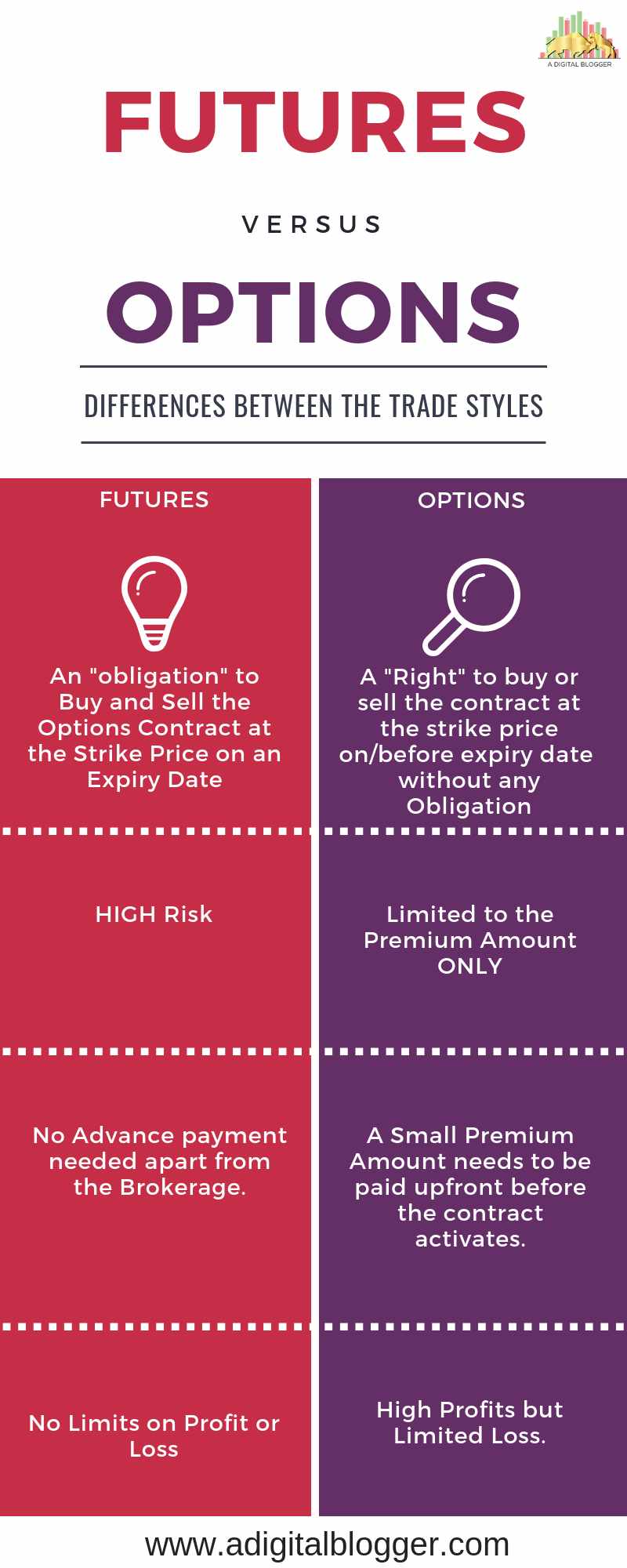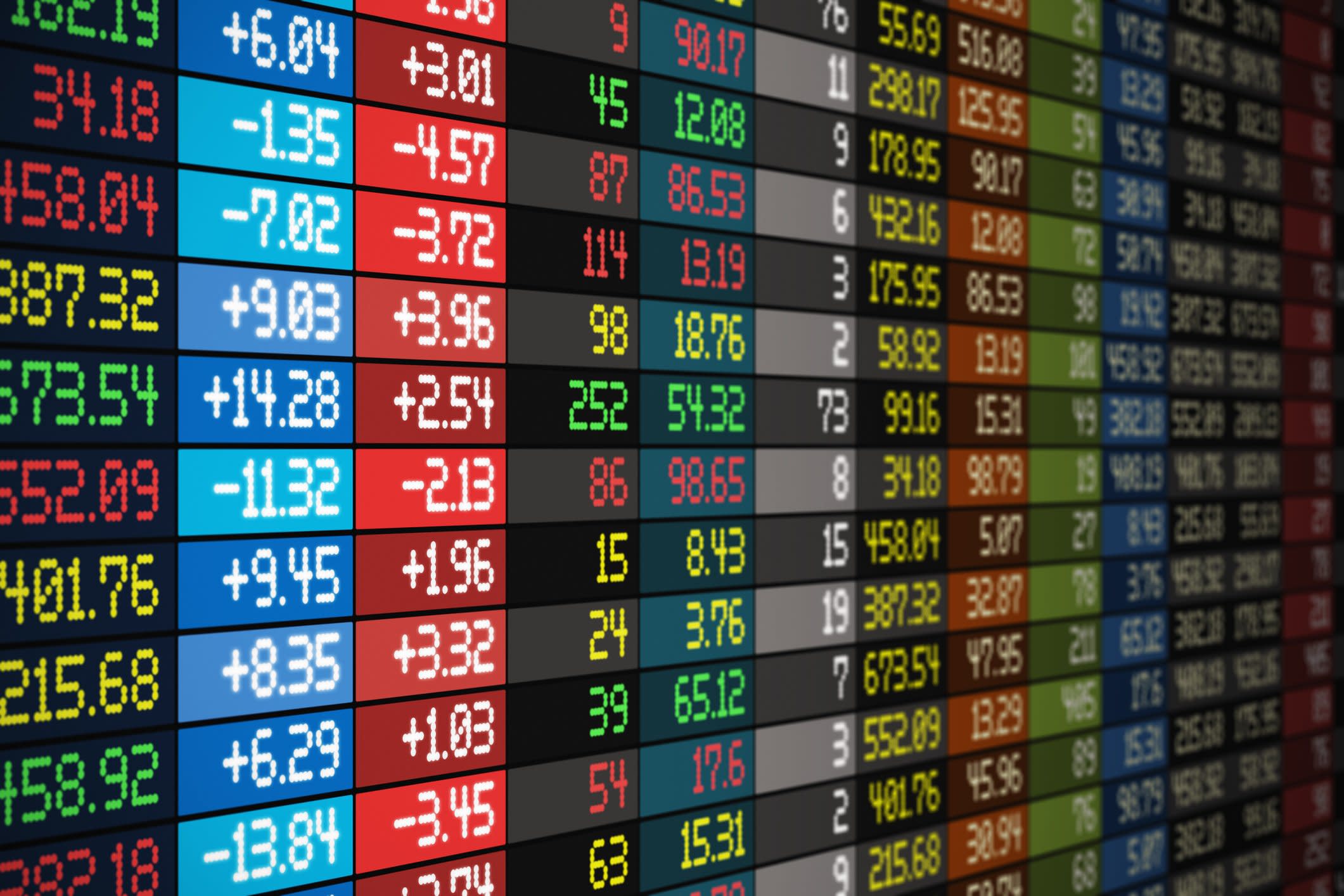Demystifying the Complex World of Financial Derivatives
The realm of financial markets can be an enigmatic labyrinth, but understanding the intricate workings of futures and options trading can provide a roadmap to navigating this complex terrain. These derivatives play a crucial role in managing risk and amplifying returns, making them essential tools for savvy investors and traders alike. Futures and options are often used in conjunction with underlying assets like commodities, indices, currencies, and bonds to capitalize on price fluctuations or to hedge against potential risks. In this comprehensive guide, we delve into the basics of futures and options trading, shedding light on their concepts, intricacies, and practical applications.

Image: medhin10.blogspot.com
What are Futures and Options?
Futures contracts are standardized agreements to buy or sell a specific quantity of an underlying asset at a predetermined price on a specified future date. When you enter into a futures contract, you are essentially entering into a legally binding obligation to fulfill the terms of the contract, regardless of the actual price of the underlying asset at the settlement date. Options contracts, on the other hand, provide the buyer with the right, but not the obligation, to buy or sell an underlying asset at a set price on or before a specific expiration date. Unlike futures contracts, options give the buyer the flexibility to exercise the option to buy or sell the asset only if it is advantageous to do so.
Types of Futures and Options
Futures and options come in various forms, each tailored to different needs. Commodity futures, such as those for oil, gold, and wheat, allow traders to speculate on future price movements or to secure supply at predetermined prices. Equity futures offer exposure to the performance of stock indices, such as the Standard & Poor’s 500 or the Dow Jones Industrial Average, providing an efficient way to take positions on the direction of the market. Currency futures enable traders to manage foreign exchange risk or to speculate on currency fluctuations. Options contracts come in two main flavors: calls and puts. A call option gives the buyer the right to buy an underlying asset at a set price on or before the expiration date, while a put option gives the buyer the right to sell an underlying asset at a set price on or before the expiration date.
Benefits and Risks of Futures and Options Trading
Futures and options trading offer a host of benefits for both speculators and hedgers. For speculators, the leverage inherent in futures and options contracts amplifies potential returns, while options provide the flexibility to trade on a specific price movement without the obligation of buying or selling the underlying asset. Hedgers, on the other hand, can use futures and options to mitigate risks associated with price fluctuations in the underlying asset. For example, a coffee roaster might use coffee futures to lock in a price for their beans, ensuring stability in their production costs. However, it is crucial to note that futures and options trading also comes with risks. The potential for losses is significant, especially with futures contracts, and it is essential to understand these risks before venturing into this domain.

Image: finance.yahoo.com
How to Trade Futures and Options
To trade futures and options, you will need to open an account with a broker who specializes in derivatives trading. Once your account is active, you can start placing orders for specific futures or options contracts. When you place an order, you will specify the underlying asset, the contract expiration date, the contract size, and the price at which you want to execute the trade. It is important to note that there are various order types available, each with its own advantages and disadvantages, so becoming familiar with these order types is essential for successful trading.
Understanding Futures and Options Markets
Futures and options are traded on designated exchanges, which establish standardized trading rules and regulations to ensure transparency and liquidity. This centralized trading environment allows traders to buy and sell contracts with ease, knowing that there is always a ready market for their orders. Futures markets are typically more liquid than options markets, meaning that there is generally a greater volume of contracts traded and tighter spreads between the bid and offer prices. However, both futures and options markets are subject to significant volatility, especially when there are major economic or political events that can impact the underlying assets.
Basics Of Futures And Options Trading
Conclusion
Futures and options trading can be an exciting and rewarding endeavor, but it is important to approach this market with a deep understanding of the concepts, risks, and strategies involved. By delving into the basics, you can unlock the potential of these derivatives and navigate the complexities of financial markets with greater confidence. Remember,






